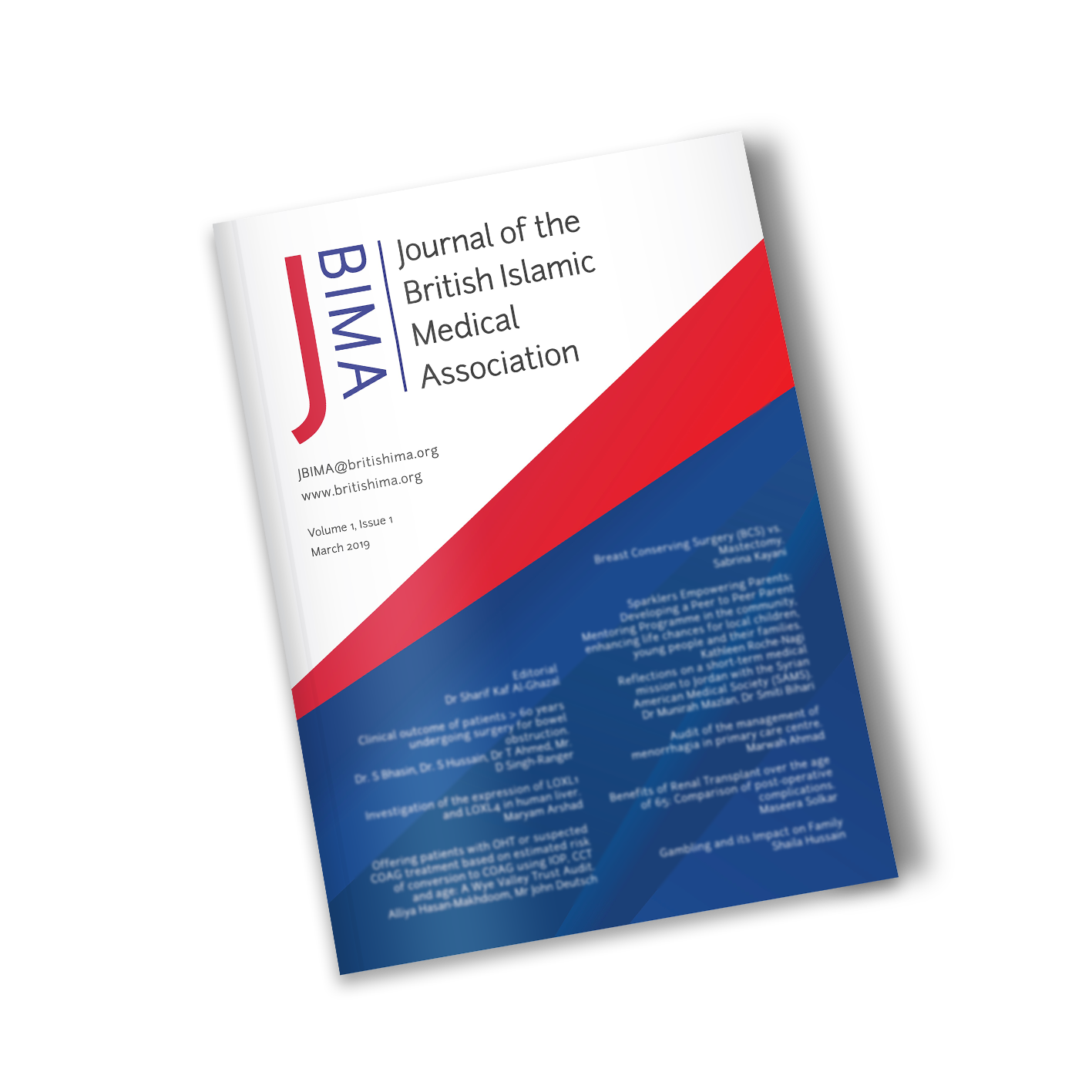
Back in February this year a group of interested consultants who have experience in Hijama (Modified Wet Cupping) have been discussing further research in Hijama to be presented in an international conference about Hijama in Bosnia this year. I had some broad lines to think about, but before we go into details we need to remember how can we extrapolate lessons from acupuncture research development. I have chosen acupuncture being almost the closest complimentary medically partially invasive in its nature.
It is almost certain that acupuncture has been known and used in the West since the seventeenth century, but the first recorded use of acupuncture was by Dr.Berlioz at the Paris medical School in 1810. He treated a young woman suffering from abdominal pain. The Paris Medical Society described this as a somewhat reckless form of treatment, but Dr. Berlioz continued to use acupuncture, and claimed a great deal of success with it. In 1977 Dr.Melzack, who has been awarded the Nobel prize for his work in the field of pain, correlated trigger points (Certain points in the muscles) with acupuncture points, and found that most of the trigger points were already well known as acupuncture points. (1)
Many people know of Henry Kissinger’s secret trip from Pakistan to Beijing in 1971 setting the stage for President Nixon’s visit to China in 1972. Few people, however, remember the first U.S. reporter invited by Chinese government to tour China at the very same time. To cut the story short that reporter (James Reston [1909-1995], a columnist and editor of The New York Times)had appendectomy there, in China, and was treated for postoperative nausea and abdominal discomfort with acupuncture (A/P). His article in New York times about this was the beginning of A/P invasion to USA. One week income from one single acupuncture practitioner’s practice was worth the price of a house at that time!! (2)
One of the clear signs indicating acupuncture acceptance by the Western medical community is the increasing allocations of research funds at National Centre for Complementary and Alternative Medicine (NCCAM) at National Institutes of Health (NIH) in the USA. Such funding now accounts for about half of the research funds for Chinese medicine, which in turn accounts for approximately a quarter of the total funds earmarked (114 million dollars in 2005) for complementary and alternative medicine.
A 1973 study, using volunteer medical students, looked
into acupuncture’s analgesic effect on experimentally
induced pain and suggests that humoral factors may
mediate acupuncture-induced analgesia. In a study of the
possible role of the cerebrospinal fluid transmission of
pain suppression effects of acupuncture, cerebrospinal
fluid from acupuncture-treated rabbits was infused into
recipient rabbits. The analgesic effect was observed in
the recipient rabbits, suggesting that acupuncture-induced
analgesia may be mediated by substances released in the
cerebrospinal fluid. (3)
The development of neuroimaging tools, such as positron emission tomography (PET) and functional magnetic resonance imaging (fMRI), make non-invasive studies of acupuncture’s effects on human brain activity possible. Studies using PET have shown that thalamic asymmetry present among patients suffering from chronic pain was reduced after the patients underwent acupuncture treatment. Other studies, using fMRI, have pointed to relationships between particular acupoints and visual cortex activation. These powerful new tools open the possibility to new scientific studies of this ancient therapy. (3)
So, to extrapolate from that we perhaps need to look at:
1. Animal model
2. Imaging tools: PET and fMRI as above.
3. Blood parameters:
4. Microscopic cellular level
Animal models: we have now established practice of acupuncture on horses so lessons can be learned from there.A/P has been used in horses for musculoskeletal problems: muscle soreness, back pain, neck pain, osteoarthritis, degenerative joint disease, obscure lameness, laminitis. Comparison with Hijama can be established.
Imaging tools: Functional MRI (fMRI) is another impressive tool that has shown widespread activities in the brain of fibromyalgia patients compared to normal individuals. So, we can compare images before and after Hijama.
Blood parameters: bradykinins. Substance P, Nitric oxide locally, Potassium, Nerve growth factors, endorphins/ enkephalins are amongst many chemicals that needs a physiologist researcher not a clinician to detect and monitor.
Microscopic cellular level: fibrous tissues, local receptors, micro electric activities etc are all targets for research.
The starting point I think is to find an institution with such facilities and a team leader in that institution who will write the research protocol etc. I totally agree that generous funding will encourage reputable institutions to take this on board as I have shown with the American figures earlier.
I have focused on this article on pain study as it is my speciality but the same can be done for many other conditions the Hijama can offer solutions. I have not explored the big subject of how to conduct research in complementary medicine from sampling, statistics to how to avoid bias etc and I shall address this in another talk perhaps in the next conference God willing.
This presentation was given in the third International Hijama conference in Sarajevo (Bosnia) on the 27th May 2023.
References
- https://healthy.net/author/george-t-lewith-ma-mrcgp-
mrcp/by G.T. Lewith. - http://dx.doi.org/10.1016/j.jtcms.2015.03.001https://www.sciencedirect.com/journal/journaltraditional-chinese-medical-sciences
- The Journal of Alternative and Complement
MedicineVol. 7, No. supplement 1
Published Online:5 Jul 2004
https://doi.org/10.1089/107555301753393896

